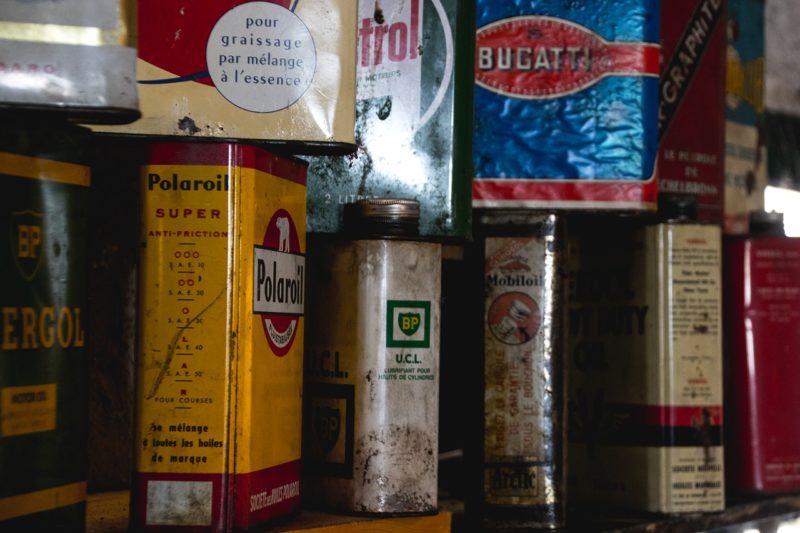Do you want to know how to lubricate pressure washer pump? This process is needed to prolong the washer’s life, but it consists of five steps, which you should follow carefully. Sometimes, your pressure washers may not work, and one of the reasons is that it is unlubricated.
Other results of unlubricated equipment may not show as early as a year after buying it, but it is slowly getting damaged without you noticing.
Thus, to maintain its newly-bought quality and performance, it is necessary to lubricate by attaching a pump saver and changing the oil to the pump after use and before storage. However, if you are not familiar with the steps, you came to the right place. Just keep on scrolling!
Steps On How To Lubricate Pump
How to lubricate pressure washer pump? Aside from proper maintenance and storage, pressure washer owners usually grease their units during winter. This procedure avoids freezing and clogging the valves and seals with ice particles. Before moving on, make sure to read the purpose and importance of each step.
Aside from following these steps, it is also beneficial to understand their purpose and research other methods.
That will not only help you familiarize yourself with the right way of taking care of your equipment, but it can also make you help other people by giving them proper advice based on your own experience. So, without further ado, here are the steps to lubricate pressure washers:
Step #1. Turn off the engine and water supply
After using the equipment, turn off the engine and water supply. On the side, there should be a switch for turning the motor on and off. In this step, you should also let out the remaining pressure by squeezing the trigger from the gun. Continue pressing until no air comes out of the wand.
Also, to prevent the continuous flow of water, the water supply must be turned off. Directly turn the faucet in the right direction. If the water continues to enter the equipment, some of them might not be drained, and this will freeze.
Step #2. Disconnect hoses
Consider executing these steps after you use the equipment. Thus, disconnect all hoses from their respective sources, including the garden and high-pressure hose. The high-pressure hose is usually connected to the gun, while the garden hose is to the water supply. After, let all the remaining water from the removed components drain and flow out.
Step #3. Drain the pump
Start the lubrication process by attaching a pump saver to the garden hose port. Sometimes, this pump saver is also composed of a lubricant or anti-freezing solution, which would play a huge part in protecting the pump from corrosion and extreme temperatures. Once the bottle is screwed, check if a knob in the cap opens the pump saver. If not, then you can continue.
Squeeze the bottle’s body, and there should be liquid coming out of the pressure hose port. Once the liquid coming out is foamy, the pump is lubricated and coated against freezing damage. This step is significant before storage. It may not be cold seasons to prolong the life of your equipment’s pump.
Step #4. Identify required engine oil
After lubricating the pump, it is also significant to do the same for the engine by changing its oil. However, pressure washers from various manufacturers require different oils depending on oil type, additives, and viscosity level. Thus, one should know what oil to use for their equipment to avoid further damage.
Most pressure washer owners can choose between products under all-purpose engine oils and non-detergent pump oils.
All-purpose ones are usually used to make the washer start better in temperate conditions. At the same time, the latter was popular before oil filters became prevalent because they allow contaminants to stick to the sides of the engine, which prevents dirty oil from causing damage. If you wonder what oil pressure washer uses, the oil used for the engine is also sometimes the same used for the pump.
Step #5. Change oil
Whether you run the engine empty or not, always start with gas treated with a fuel stabilizer. Start the engine and wait a few minutes for the treated gas to fill the carburetor. After that, the tank should be drained and run dry. Alternatively, fill the tank to the brim. Also, before storing the pump for the winter, make sure to flush it out.
First, drain the old oil through the drain plug at the bottom of the component and refill it with your new oil. Learn how to drain the oil from your pressure washer with this article; How do you drain gas from a pressure washer? On the other hand, once the tank is filled, let the unit run for a couple of minutes to coat the sides of the engine with oil and anti-corrosion supplements. This process will allow you to use your pressure washer flawlessly next time.
Conclusion
And now you know how to lubricate pressure washer pump. The components will twist and tear if you don’t oil them properly, which will eventually result in massive damage. However, if you have discovered that the pump is damaged, you might want to check this article on how to rebuild a pressure washer pump.
Keep in mind all the steps mentioned above, and you are good to go. We hope that we answered your question and provided you with insights that you seek from us. Remember to always understand the steps and their importance before going on. See you in the following article!

